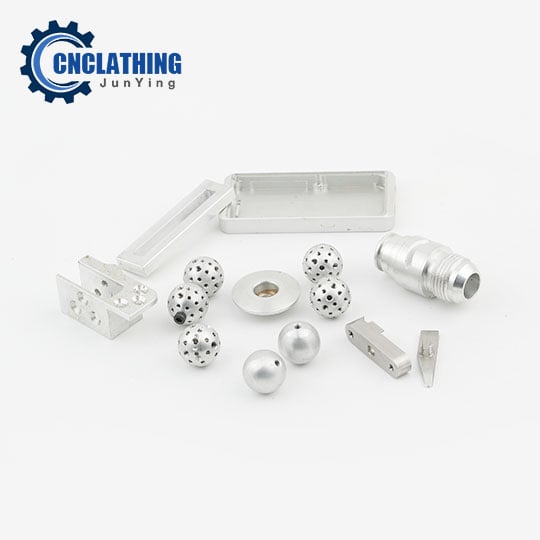Blogs
on October 30, 2022
When CNC lathes were equipped with live-tool capability, the situation became even more perplexing. Operations that were previously the exclusive domain of the milling department were now being completed on the lathe. Candidates for the position of Lathe
Some parts are obvious candidates for turning on a lathe. Consider the piston for a spool valve or the fitting for a hydraulic hose. Because of the cylindrical symmetry of these components, as well as their complex external geometry and challenging internal features, they are required to be permanent fixtures in the turning department.
In contrast, the rectangular valve body that interfaces with the turned parts, with its large milled surfaces, detailed pockets, and intersecting bores, will never be spun on a lathe, regardless of how capable that machine is with live tools.
The following are some of the reasons why our CNC machining service has shifted its focus to the turning of parts. By incorporating live-tool (end mill) equipped CNC turning centers into our already extensive three-axis milling service, we are able to provide customers with a better surface finish on cylindrical features while also offering them a typically lower cost of production. Also more efficient is the use of the lathe in the production of parts that are on the verge of being too large for our milling capabilities. Additionally, if the goal is to eventually produce in small quantities, turned parts are excellent candidates.

Examples from Everyday Life
In case you're still unsure about which parts are suitable for lathe use, consider a few common household items. Creating a pint glass on a lathe is a straightforward exercise, thanks to its smooth, regular shape and length that is several times greater than the outside diameter of the glass in question. On a CNC turn machining center, however, this is not the case. A coffee cup, on the other hand, with its protruding handle and finger-ready hole, is nearly impossible to turn with one hand.
A lathe could be used to turn those three-pound dumbbells that have been collecting dust in the closet for a long time. The wide, relatively deep recessed area where your hand grips the bar can be rotated with a simple grooving routine, a feature that would be impossible to cut on a milling machine because of the amount of force required to turn Titanium CNC Machining Services.
A small teacup saucer could be used in either direction. A mill or a lathe can interpolate the concentric ridges and curved surfaces, and it requires nothing more than a precise G-code and a suitable cutter to accomplish this. Having said that, turning the saucer would almost certainly be faster and far more efficient in terms of material usage than the alternative.
A hose barb for the sprinkler would be nice, too. On a steel CNC machining center, the v-shaped grooves would necessitate the use of a special cutter, whereas on a lathe, a standard turning tool can be used. In the case of a replacement wheel for the barbecue grill, the same holds true, though milling those small mag wheel-like cutouts on the face would be difficult, if not impossible, to accomplish on most turning machines.
Soup cans and salt shakers, water bottles and flower pots—these are the types of shapes that lathes are capable of producing. What's the difference between milk cartons and picture frames? That's not the case. Metals such as aluminum, brass, low carbon steel, stainless steel, steel alloys and titanium are available for purchase from Junying for use in their manufacturing.
Topics:
titanium cnc machining services
Be the first person to like this.





